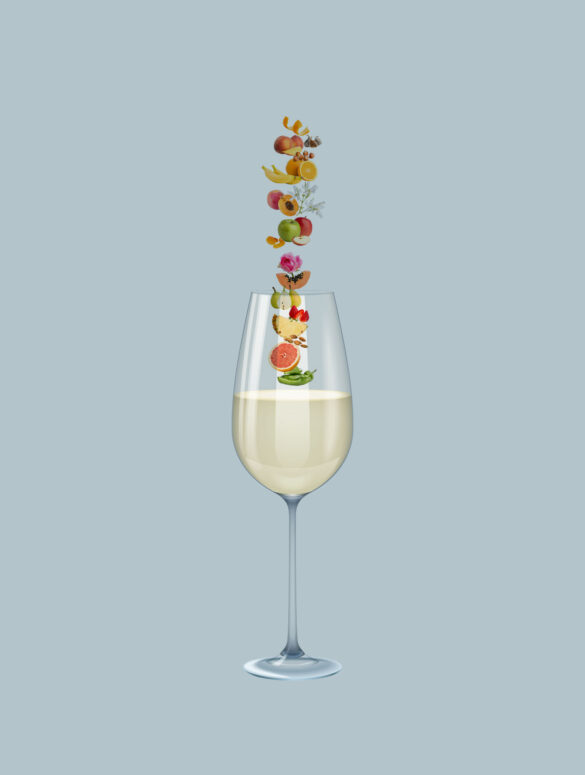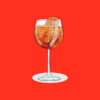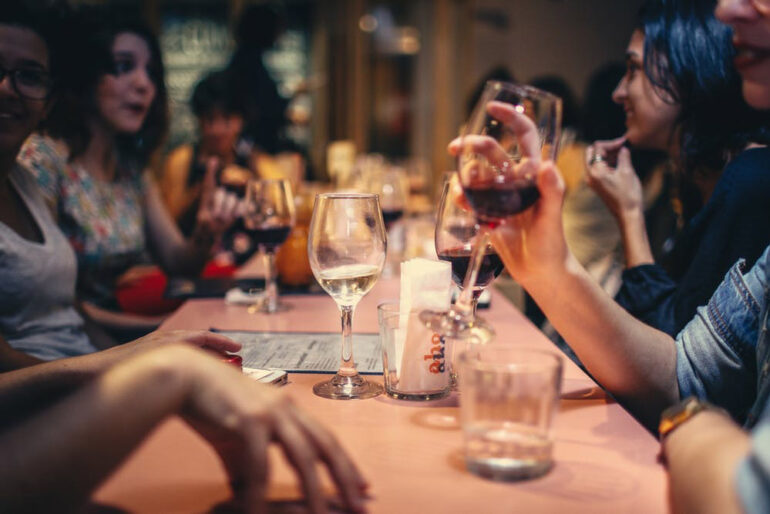When it comes to unraveling the complexities and nuances in wine, aroma plays a captivating role.
Understanding the diverse array of primary, secondary, and tertiary aromas in wine is akin to unlocking the secrets within each bottle. From the fruit-forward primary aromas to the transformative tertiary scents, wine’s aromatic symphony is a testament to the artistry of winemaking and the complexity of nature.
By exploring these aromatic layers, we can deepen our appreciation for the delightful sensory journey that a glass of wine offers.
Section 1: Primary Aromas
At the very heart of a wine’s aromatic profile lies its primary aromas. These scents are derived from the grapes themselves and are influenced by factors such as grape variety, ripeness, climate, and soil conditions.
Primary aromas are often fruit-driven and encompass a wide range of fragrances, from vibrant and fresh to lusciously ripe. Some common primary aromas include:
1.1. Fruity Aromas:
- Citrus: Lemon, lime, grapefruit
- Stone fruits: Peach, apricot, nectarine
- Berries: Strawberry, raspberry, blackberry
- Orchard fruits: Apple, pear, quince
1.2. Floral Aromas:
- White flowers: Acacia, jasmine, orange blossom
- Blossoms: Elderflower, honeysuckle, violet
- Herbal notes: Chamomile, lavender, rosemary
Section 2: Secondary Aromas
As the winemaking process unfolds, secondary aromas come into play. These scents develop during fermentation and ageing, influenced by various factors such as yeast strains, temperature, and barrel ageing. Secondary aromas add depth and complexity to the wine, enhancing its overall aromatic profile. Some examples of secondary aromas include:
2.1. Fermentation-Derived Aromas:
- Yeasty: Bread dough, freshly baked bread
- Nutty: Almond, hazelnut
- Dairy: Butter, yogurt
2.2. Winemaking Techniques:
- Oak-derived aromas: Vanilla, coconut, cedar
- Toastiness: Roasted coffee, caramel, chocolate
- Spice: Cinnamon, clove, anise
Section 3: Tertiary Aromas
The final layer of aromas emerges during the maturing process and evolves over time. Tertiary aromas are often associated with older wines and exemplify the transformative nature of bottle ageing. These scents arise from chemical reactions occurring within the bottle and can provide an entirely new aromatic experience. Key tertiary aromas include:
3.1. Bottle Ageing Aromas:
- Earthiness: Mushroom, forest floor, truffle
- Leather: Aged leather, tobacco
- Dried fruits: Raisins, prunes, figs
3.2. Development of Complexity:
- Oxidative notes: Sherry-like aromas, nuttiness
- Savoury undertones: Umami, cured meat, soy sauce
- Minerality: Flint, wet stones, chalk
So, the next time you savour a glass of your favourite wine, take a moment to embrace the bouquet and allow it to stir the imagination.






